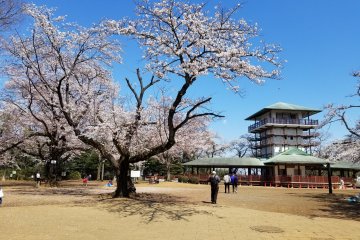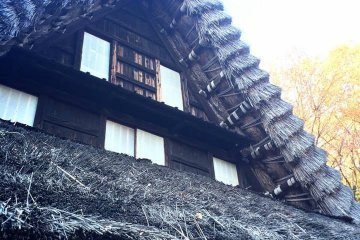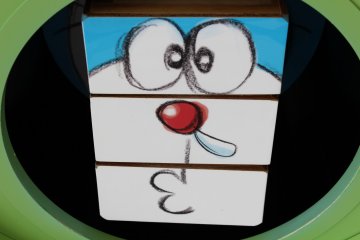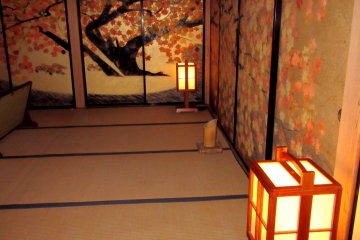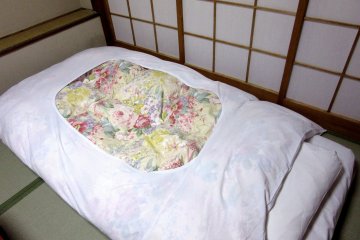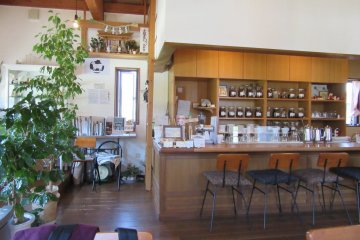During my travels in Japan, I came across many traditions and household items that were quite foreign to me. I was curious to learn about their origins and purposes.
First of all, I noticed that not only in private homes, but also in public places like traditional restaurants or small museums, that it is customary to take off shoes. At home indoors, slippers are usually worn, except in tatami matted rooms where walking in socks or barefoot is normal.
Tatami mats
Floor space is usually measured in terms of tatami mat size. Literally meaning 'folded', tatami are mats woven from ingus reeds and stuffed with rice straw. This is the traditional material, though modern designs see sinthepon used for stuffing. There is a certain order in arranging tatami - the four corners shouldn’t converge at one point, with the wrong arrangement, according to traditional fusui (feng shui theory, bringing misfortune to the house. On the other hand, during funerals and periods of mourning, tatami are laid with the corners converging.
Kamidana altars
In many buildings I noticed kamidana – a small Shinto altar featuring a miniature miyagata shrine, gohei paper zigzags, various amulets and offerings to the kami deities in the form of sake, tangerines, rice, salt, and flowers. This is connected with the cult of ancestors where images are displayed of deceased relatives. Seated in front of the kamidana, people will pray and greet the deceased, even offering family news.
Futon mattresses
In many modern houses, as well as in ryokan inns, there are no beds. Instead, a thick cotton mattress called a futon is taken out of the closet. Soft and comfortable enough for sleeping, futon appeared in Japan in the 17th century. At that time futons were incredibly expensive, affordable only by the rich. Most people simply slept on straw mats or the floor. In the 19th century, thanks to imported cotton, prices dropped significantly, and futons became available to the majority of the population.
Irori hearths
In winter and early spring it’s cold in Japan, but there is no central heating in the houses. In earlier centuries, people gathered around irori hearths. Used for heating, boiling water, cooking and drying clothes, an irori is a square recess in the floor, located in the centre of the room and filled with sand and ash (to prevent fire). A pole with a metal rod and an adjustable jizaikagi hook at the end was placed above the irori. Jizaikagi were often fish-shaped, an aquatic theme protecting against fire.
Kotatsu heaters
In modern homes, irori have been replaced by the kotatsu - a low table with a warm blanket pressed against the countertop. The main element of the kotatsu is the built-in heater, and the blanket keeps you warm. A heater is located in a niche under the table.
Byobu folding screens
In both ancient and modern houses, you will often see byobu screens. Byobu have an interesting history with several functions. They were used as decoration, to partition rooms and as protection from drafts. In modern housing, byobu serve mainly as decoration.
Old minka homes are well represented in many places such as the Nihon Minka-en Folk Museum in Kawasaki, Shirakawa-go in Gifu or even Kobuntei in Mito.



